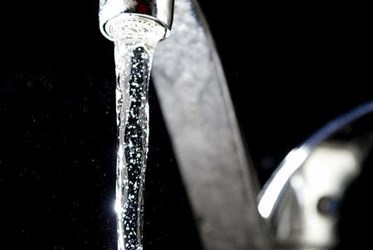This Device Detects Chemicals On The Cheap, Researchers Claim

By Sara Jerome,
@sarmje

Researchers claim they have developed a device that can help utilities test water quality in situ at a lower cost than devices currently in use.
They say their new technology is less costly than a spectrophotometer, a common device for detecting chemicals in water. Sergey Muravyov of Tomsk Polytechnic University, who supervised the project, says his method costs 60 percent of the price of a spectrophotometer.
In a research paper presenting the device, the authors described their experiments using the device on drinking water. “The instrument operation was demonstrated by the example of determining the cobalt content in drinking water, which was taken from an outdoor water pump,” the
The researchers said the device is able to detect almost any metal or pharmacological agent in water quickly and at low concentrations. Still in the prototype phase, Muravyov framed the device as useful for industrial-scale operations.
"Our method works with those substances with which interaction leads to color change. Indeed, this is not the whole range of substances. But universal methods do not exist. Today, the most widely used method for chemical analysis is spectrophotometry. A modern spectrophotometer costs about 500 thousand rubles, and it is a bulky stationary device. Our device can achieve the same quality of measurements, but it is compact and can cost about 30 thousand rubles at the market placement," he said.
How does the device work? Per a statement from the university:
The device is based on polymethacrylate sensors — transparent pieces of plastic with thickness of 1 mm and a size of 3x3 mm. The pores of matrices serve as receptacles, where various chemical reactions can undergo. If a matrix is handled with a special reagent it becomes an optode sensitive to a particular substance. The researchers plunge this optode into the water to test it or simply drip a few drops on it, and it changes its color. Hence, there is a required element.
Sensors are widely used for chemical detection in the water industry, but they often fail to meet the needs of utilities, according to a report by KIWA Water Research, a group focused on supporting Dutch utilities.
“Although sensors are increasingly appearing on the market, effective implementation in water utilities has not been realized particularly for those sensors based on chemical or biochemical detection processes,” the report said. “There have been several reasons suggested for the lack of implementation: sensors do not meet practical utility needs; poor links between available sensor technologies and water quality regulations; verification schemes do not sufficiently match utility practices; challenge of managing large data quantities and translating them into meaningful information for operational processes.”
To read more about water analysis tools visit Water Online’s Water Instrumentation Solutions Center.
